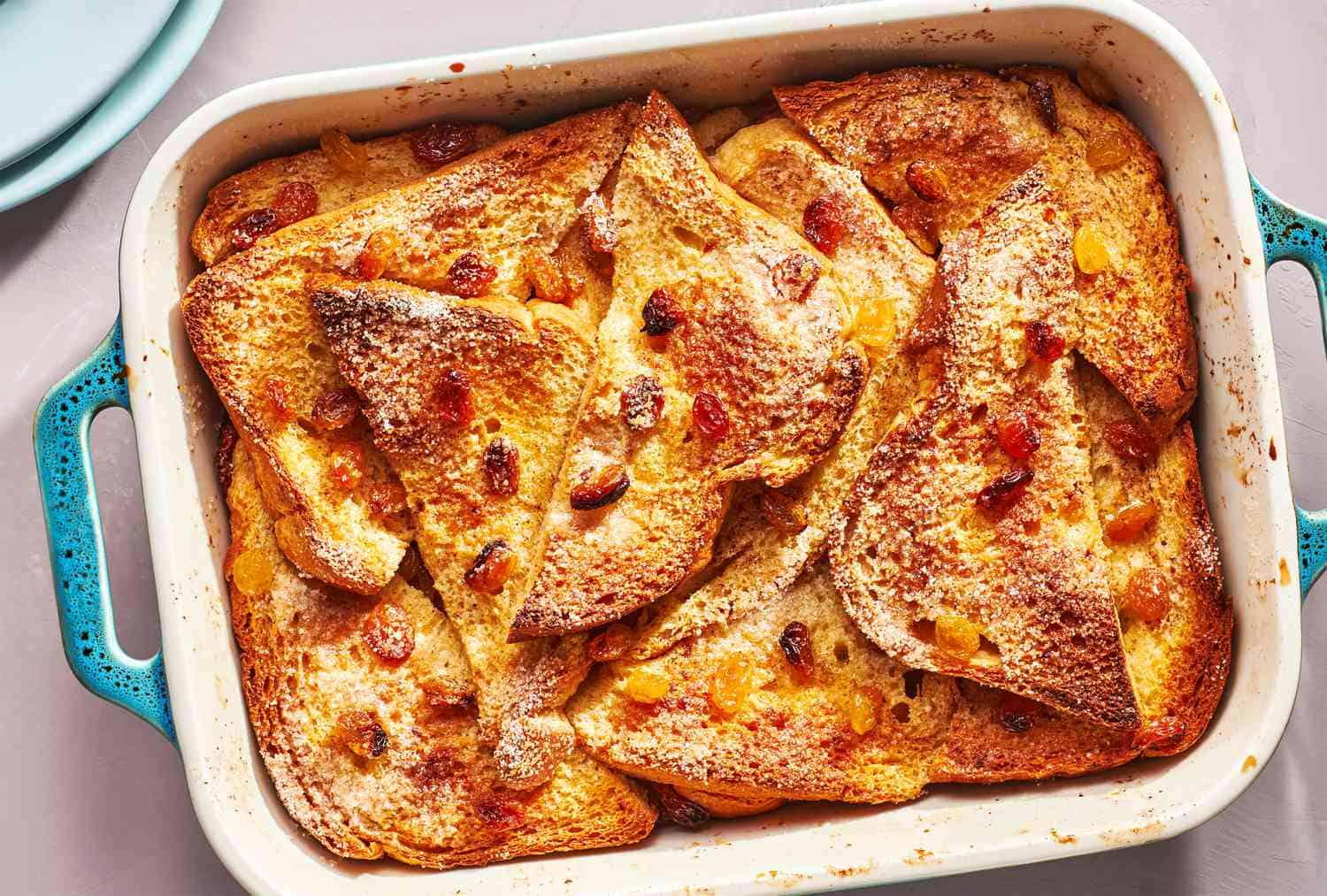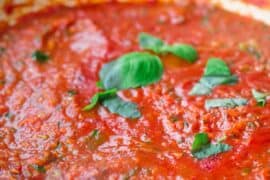Ultimate Guide to Bread and Butter Pudding: A Family Favorite
Hey there, amazing parents and budding chefs! Are you looking for a delightful dessert that’s both comforting and delightfully easy to make? Well, you’re in for a treat with the classic British dessert known as bread and butter pudding! Not only is this dish a scrumptious treat that the whole family will love, but it’s also a fantastic way to use up leftover bread, making it a savvy choice for budget-conscious families.
Let’s embark on a culinary journey to creating the perfect bread and butter pudding that’ll warm hearts and bring smiles around your dinner table.
What is Bread and Butter Pudding?
First things first, let’s talk about what bread and butter pudding actually is. This traditional British dessert consists of layers of buttered bread scattered with raisins and soaked in an irresistibly rich custard made from eggs, sugar, and milk. Baked to perfection, it creates a cozy symphony of textures – crispy on top, and sumptuously soft underneath. It’s the ultimate comfort food that has stood the test of time!
The History of Bread and Butter Pudding
Bread and butter pudding has humble beginnings dating back to the early 17th century. It was initially a means to utilize stale bread rather than throwing it away, thereby embodying the very spirit of frugality and resourcefulness. Over the years, this simple dish has evolved and found its way into the hearts and recipe books of many around the world.
Ingredients You’ll Need
- Bread: Traditionally, day-old bread is used, which helps soak up the custard without becoming too soggy. You can use virtually any type of bread – white, whole wheat, brioche, or even croissants for an indulgent twist!
- Butter: Softened butter is spread over the bread for that delightful richness and flavor.
- Eggs: Eggs are the backbone of the custard, giving it structure and a creamy texture.
- Milk and/or Cream: Whole milk or a mix of milk and cream creates the custard base. The higher the fat content, the creamier the result!
- Sugar: Sweetness is essential, and you can adjust the amount to suit your family’s preference.
- Raisins or Sultanas: These add little bursts of sweetness and texture throughout the pudding.
- Nutmeg or Cinnamon: A pinch of these warming spices complements the flavors wonderfully.
- Vanilla Extract: For that classic, comforting sweet aroma and taste.
Choosing the Best Bread for Your Pudding
The choice of bread can make or break your bread and butter pudding. Although almost any bread can be used, stale bread is preferred as it holds its structure better when soaked in the custard mixture. Slightly denser bread like brioche or challah can add a luxurious texture to your pudding. If you’re looking to add a twist to the traditional flavor, why not experiment with cinnamon raisin bread or panettone for a festive variation?
But let’s not jump ahead – now that we’re equipped with the basics, the next steps are crucial, as they involve the loving process of assembling and baking your bread and butter pudding to perfection. Stick around as we dive into the methods that transform simple ingredients into a spectacular dessert that feeds the soul and tickles the palate.
Tailored for both novices and seasoned cooks alike, our guide will include tips and tricks, dietary adjustments (such as making it gluten-free or vegan), and creative twists to make your bread and butter pudding stand out. Let’s keep the suspense just a little longer – we guarantee that the wait will be worth it when you see the smiles on your family’s faces.

5 Essential Tips for Preparing Bread and Butter Pudding
1. The Right Bread Makes a Difference
Never underestimate the power of selecting the proper bread for your pudding. Stale bread, as a rule of thumb, is the unrivaled choice for achieving that desirable texture that retains the custard without disintegrating. Slice your bread around 1cm thick to ensure it holds up during baking. And remember, experimentation is key! A luxurious bread like brioche can uplift your pudding from simple to sublime.
2. Custard Proportions are Paramount
To avoid a soggy or overly dry pudding, getting your custard proportions right is top priority. A general guideline is to use one egg per cup of milk or cream. However, depending on the bread you use, you might need to adjust this ratio—denser breads may require more custard, so be prepared to add a splash more milk if necessary.
3. Layering is an Art
Layering your bread and butter pudding is where the magic happens. Each slice of bread should be generously buttered and placed with slight overlaps in your baking dish. Sprinkle your choice of raisins or sultanas between layers, and don’t forget a light dusting of your chosen spices—cinnamon and nutmeg work wonders for that heart-warming flavor.
4. Resting Leads to Best Results
Patience is a virtue, especially when it comes to allowing the assembled pudding to rest before baking. This pause (around 15-30 minutes) gives the bread ample time to properly absorb the custard mixture, ensuring even cooking and the perfect consistency throughout your pudding.
5. A Watchful Eye Yields the Perfect Crust
The goal is to achieve that crave-worthy contrast between a creamy interior and a golden, crisp top. Baking the pudding in a pre-heated oven at 180°C (350°F) for about 30-40 minutes should do the trick. However, ovens vary, so start checking around the 25-minute mark. The pudding should be set, with a gentle wobble in the center, and a golden crust on top.
Discovering Perfection Through Practice
While there’s an abundance of recipes and countless tips, the true secret to perfecting bread and butter pudding lies in practice and personal touch. Whether it’s a unique spice blend, a secret family ingredient, or a special technique, your individual flair will make your version of this classic dish extraordinary.
To recap, the journey to the ultimate bread and butter pudding is paved with simple, yet essential milestones: from selecting the ideal foundation (your bread) to perfecting the ratios in your custard, adding personal touches through layering, allowing the flavors to meld during rest, and finally, baking your pudding to a delightful conclusion.
So lovely parents and kitchen adventurers, as you embark on your bread and butter pudding quest, remember, every step is an opportunity to infuse love into your creation. Embrace the process, cherish the shared family moments in the kitchen, and relish the joy that comes from serving a heartwarming dish to the ones you love most.
Happy baking and bon appétit!
For more great articles please see here. For more information see here
Disclaimer
The articles available via our website provide general information only and we strongly urge readers to exercise caution and conduct their own thorough research and fact-checking. The information presented should not be taken as absolute truth, and, to the maximum extent permitted by law, we will not be held liable for any inaccuracies or errors in the content. It is essential for individuals to independently verify and validate the information before making any decisions or taking any actions based on the articles.




